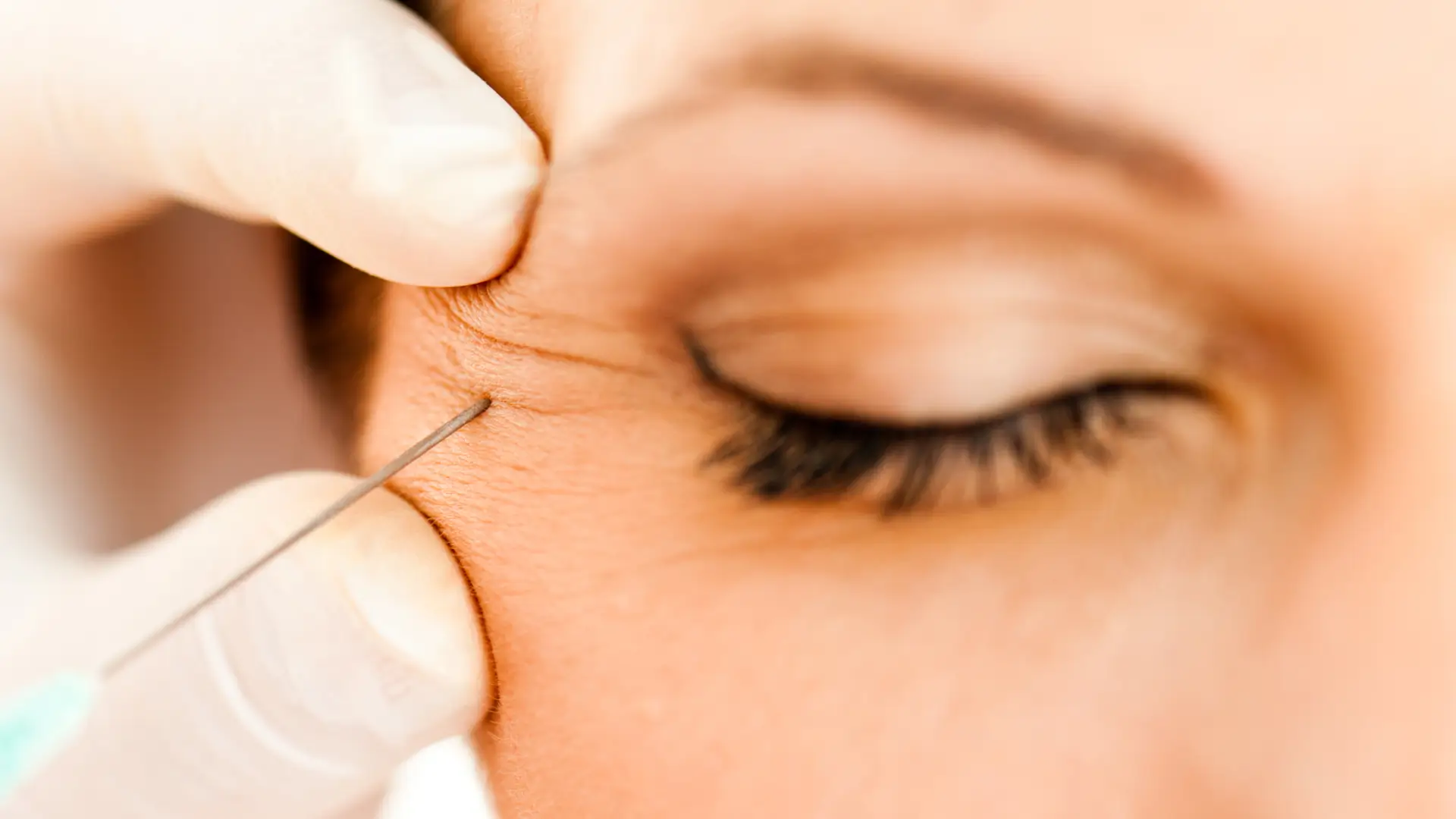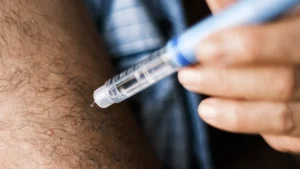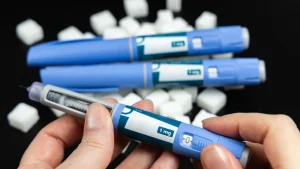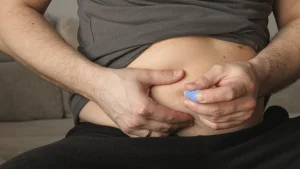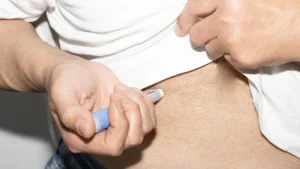Did you know that botulinum toxin injections can provide both clinical and aesthetic improvements lasting between 12 to 16 weeks? Achieving these results relies heavily on proper administration, with technique and product formulation playing key roles in over 80% of successful outcomes.
In light of this, distinguishing between the various available formulations is critical. Innotox and Botox, both botulinum toxin type A injectables, offer different characteristics in terms of unit definitions, complexing proteins, and manufacturing controls. These differences can impact the onset, duration, and immunogenicity of the treatments. As such, clinicians must carefully consider these factors when choosing a formulation to ensure optimal patient results.
In this article, we’ll compare Innotox vs Botox, highlighting their similarities and differences, examining clinical performance, and offering practical considerations to help clinicians make informed decisions when selecting the right product for their patients.
Key Takeaways
- Innotox and Botox are both botulinum toxin type A formulations used to treat dynamic wrinkles and muscle hypertrophy, offering similar aesthetic benefits but with key differences in formulation and application.
- Innotox is a ready-to-use liquid that offers ease of administration and a longer shelf life (up to 36 months), while Botox requires reconstitution and has a slightly shorter shelf life.
- In terms of purity and composition, Innotox has a 99.8% purity and omits albumin and animal-derived proteins. This potentially reduces the risk of allergic reactions and antibody formation.
- Botox contains human serum albumin, which may trigger stronger immune responses in some sensitive patients.
- Both treatments effectively reduce wrinkles, with Innotox showing visible results within 3–7 days and lasting up to 16 weeks, while Botox typically has an onset within 2–5 days and lasts 3–6 months.
- Innotox is non-inferior to Botox for treating moderate to severe glabellar lines, with comparable efficacy and safety profiles demonstrated in clinical trials.
- Botox holds FDA approval for both cosmetic and therapeutic indications, such as spasticity and chronic migraine, whereas Innotox is currently approved for aesthetic treatments in Korea and other regions.
About: Medica Depot is your trusted all-in-one supplier, offering a range of high-quality medical injectables and supplies. If you’re looking to buy Innotox, contact Medica Depot’s sales representatives and they will guide you on how to do so. Whether for health professionals, plastic surgeons, dermatologists, licensed estheticians, or other specialists, we can offer genuine, brand-name products you may need. With Medica Depot, we prioritize serving you better to improve the patient’s quality of life.
What Makes Innotox Unique Compared to Botox Formulations
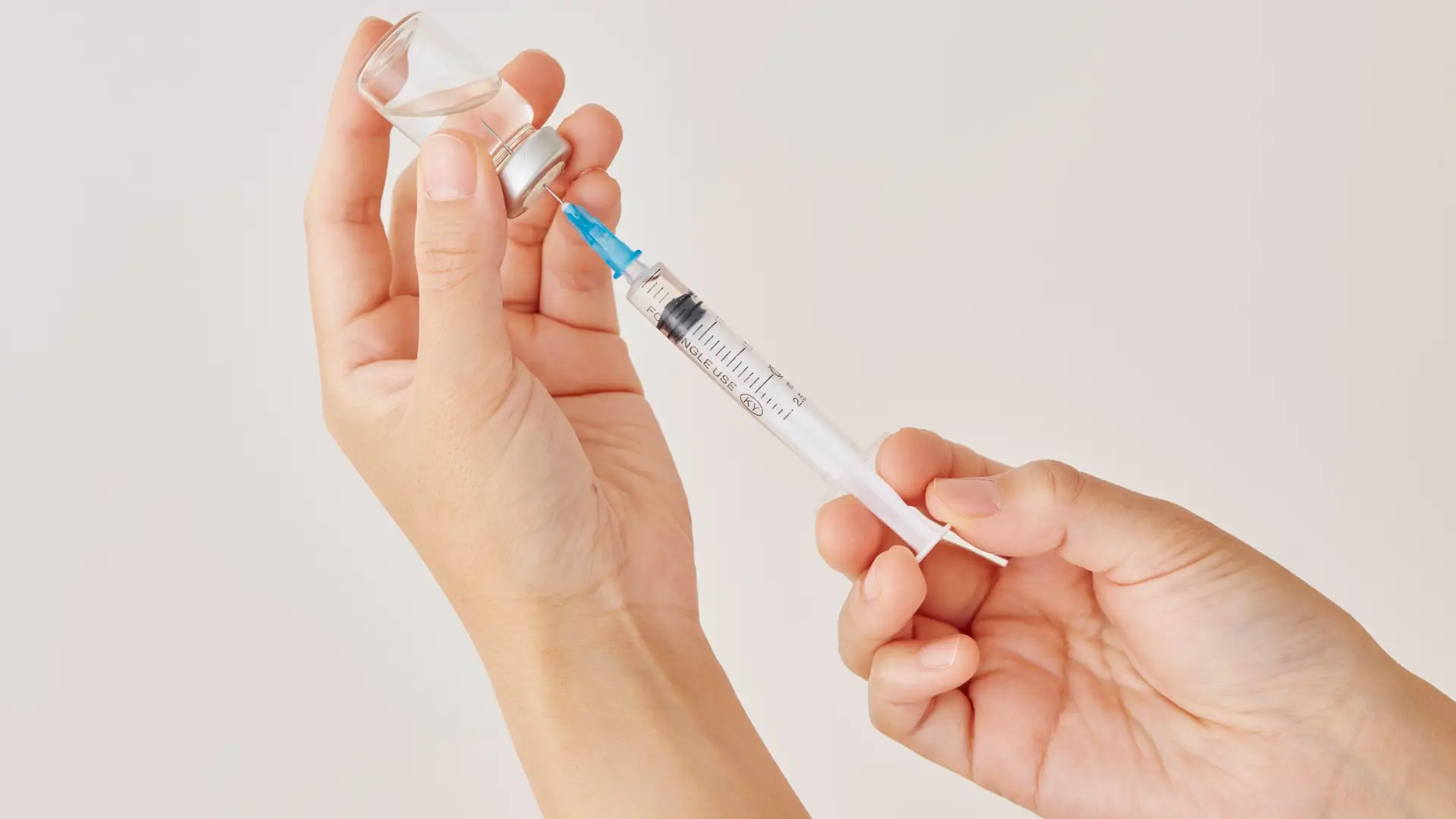
Before using botulinum toxin injections, medical professionals must compare formulations to determine which brand best addresses each patient’s needs. When comparing Innotox vs Botox, understanding key differences in formulations is critical to achieving optimal results.
- Packaged Formulation: Unlike Botox’s freeze-dried powder, which requires saline reconstitution, Innotox comes in a ready-to-use sterile liquid form. This makes Innotox more efficient for practitioners, allowing them to administer accurate and consistent doses directly from the vial without the need for additional preparation.
- Ingredients: While both Botox and Innotox contain botulinum toxin, Botox includes human serum albumin as an excipient. On the other hand, Innotox excludes human serum albumin and animal-derived proteins, offering a more naturally stabilized formulation.
- Shelf Life: Botox vials require immediate refrigeration after dilution to prevent degradation over hours or days. In contrast, with proper Innotox storage, the injection maintains stability for up to 36 months, making it a more convenient option for clinics with high turnover.
Clinical Applications: Where Innotox and Botox Overlap or Diverge
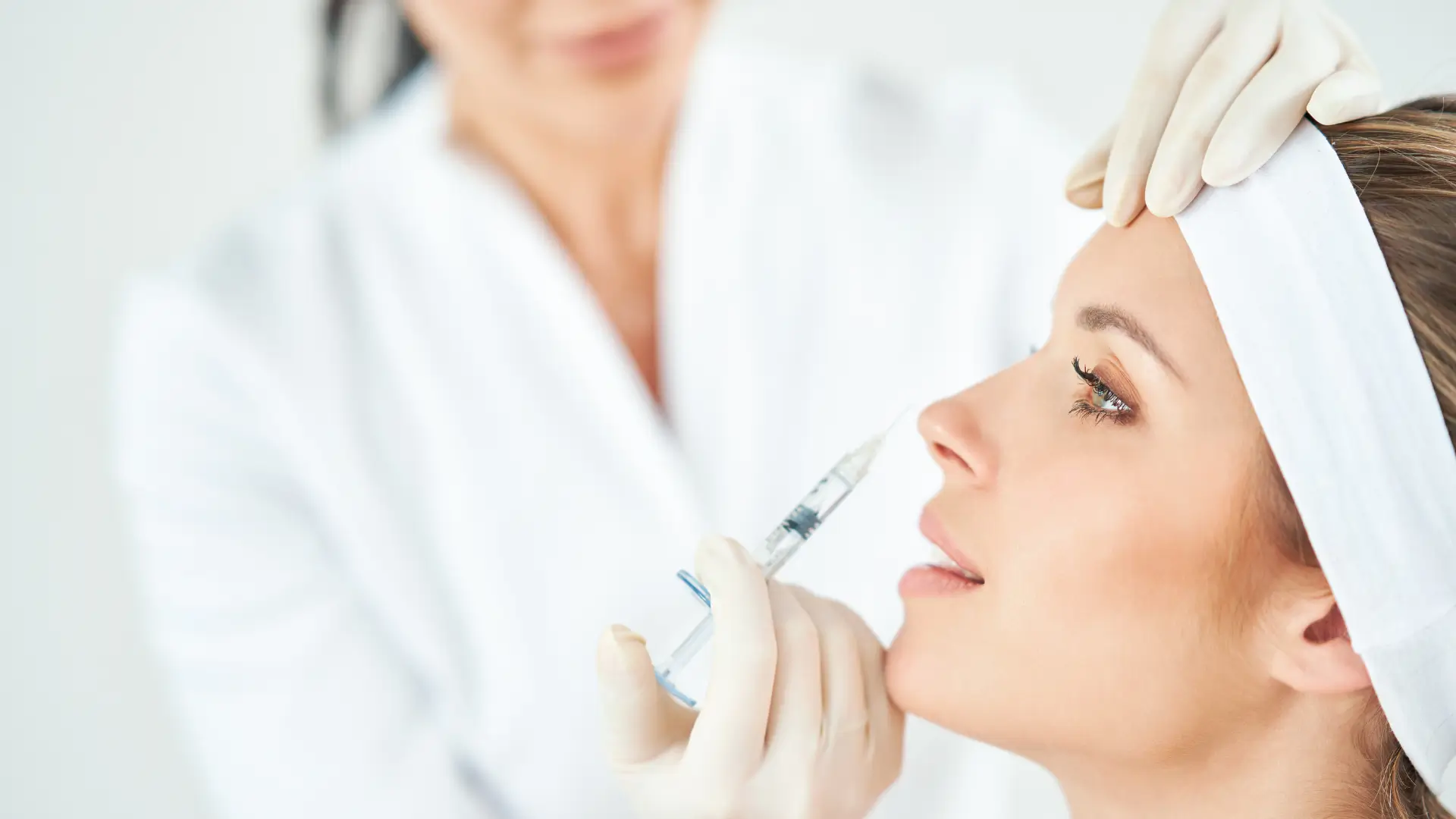
Both Innotox and Botox use purified botulinum toxin to relax facial muscles and smooth dynamic wrinkles. Medical professionals typically observe muscle relaxation within two to seven days, with results lasting three to six months. Their shared aesthetic benefits include:
- Relaxing targeted muscles
- Smoothing moderate to severe glabellar lines, crow’s feet, and forehead furrows
- Delivering predictable, natural-looking results across complete treatment cycles
Both formulations also block nerve signals at the sweat glands and the orbicularis oculi. However, only Botox has FDA approval and indications for therapeutic use, including treatments for:
- Adult Spasticity
- Blepharospasm
- Cervical Dystonia
- Chronic Migraine
- Adult Overactive Bladder
- Pediatric Spasticity
Due to Innotox’s lack of FDA clearance for extended medical indications, its use outside Korea is currently focused on aesthetic treatments.
Innotox Efficacy, Onset, and Duration in Practice
Innotox has received clearance from Korea’s MFDS, having undergone numerous clinical trials to demonstrate its safety and efficacy. In head-to-head studies, Innotox matched Botox Cosmetic in reducing moderate-to-severe glabellar lines at four weeks and maintained superior wrinkle improvement through Week 16.
Similarly, Botox Cosmetic demonstrated significant glabellar-line reduction at four weeks in placebo-controlled trials. Both products reliably smooth dynamic facial wrinkles, yielding consistent and reproducible results. However, the onset of action and duration of effect differ slightly:
- Onset of Action: Botox Cosmetic typically relaxes targeted muscles within 2–5 days, achieving complete smoothing by Day 14. Innotox, with its ready-to-use liquid formulation, delivers visible wrinkle softening within 3–7 days, reflecting typical type A toxin kinetics.
- Duration of Effect: Innotox sustained statistically significant wrinkle reduction through 16 weeks post-injection in comparative trials. In contrast, Botox Cosmetic generally lasts 3–6 months, with variability based on the treatment area and individual metabolism.
How Innotox Compares in Terms of Safety and Immunogenicity
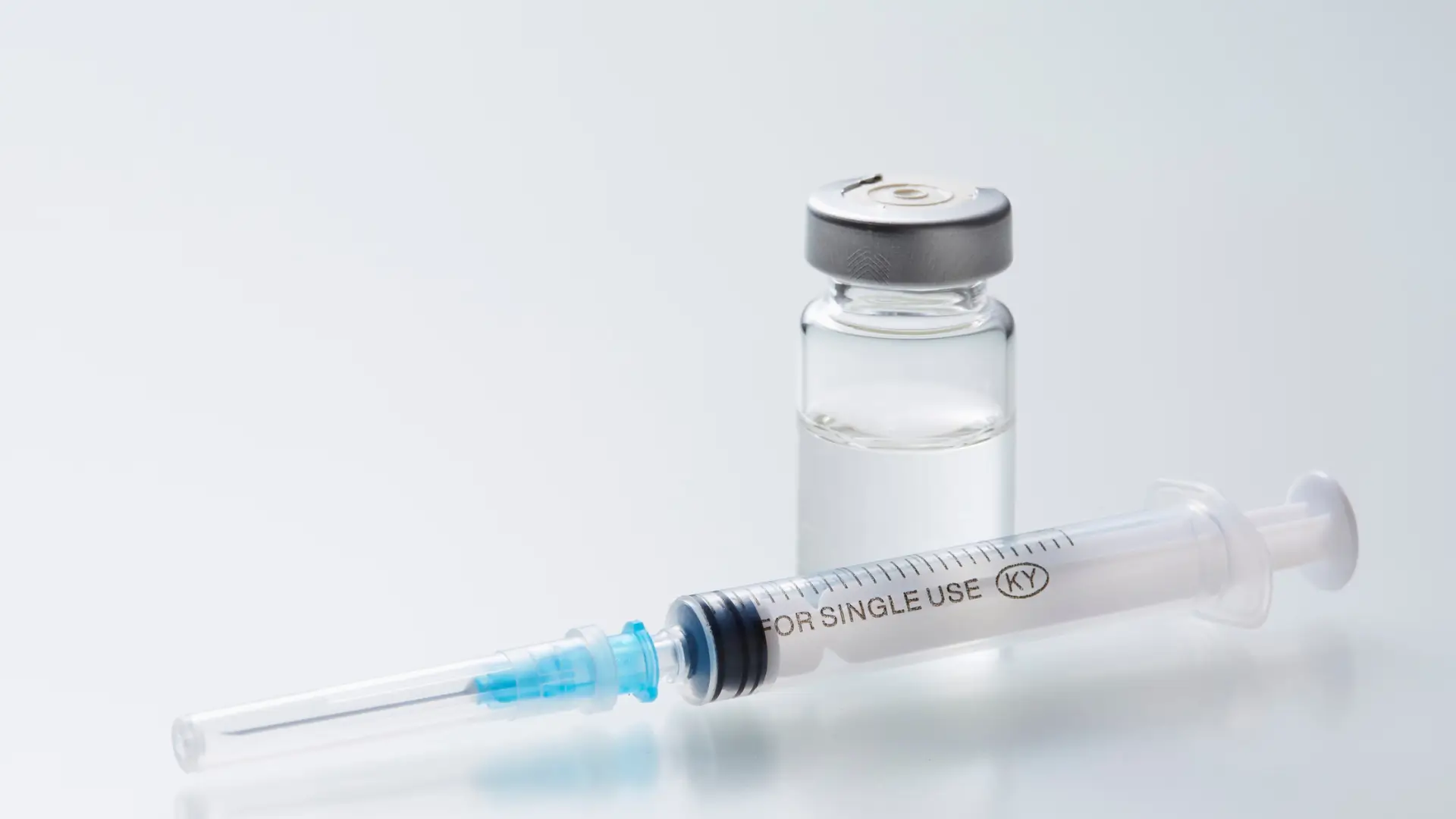
Innotox omits albumin and animal-derived proteins, which reduces the risk of allergic reactions and antibody development over time. In contrast, Botox contains human serum albumin to stabilize its freeze-dried powder, which can, in rare, sensitive patients, trigger a stronger immune response and potentially lead to neutralizing antibodies.
While Botox has been in clinical use for decades across both cosmetic and therapeutic fields, Innotox has earned MFDS approval in Korea after demonstrating a safety profile comparable to Botox. However, it lacks the long-term global data and FDA clearance that support Botox’s extensive safety database.
It is important to note that any botulinum toxin injection carries a small risk that patients may develop neutralizing antibodies, which can reduce treatment effectiveness. Innotox’s streamlined formula may reduce this risk, but further long-term peer-reviewed studies are necessary to confirm its advantage in preventing antibody formation.
Conclusion
Both Innotox and Botox offer effective treatments for dynamic wrinkles and muscle hypertrophy, but they come with distinct characteristics that should guide clinicians in their product selection. Innotox, with its ready-to-use liquid formulation and longer shelf life, is convenient and reliable for practitioners, while Botox remains the gold standard with FDA approval and broader therapeutic applications.
Clinicians must consider the formulation differences, clinical data, and patient needs when choosing between these two products. By doing so, they can ensure optimal treatment outcomes and enhance patient satisfaction in cosmetic procedures.
FAQs
1. What is the main difference between Innotox and Botox?
Innotox comes in a ready-to-use liquid form, while Botox is a freeze-dried powder that requires reconstitution with saline.
2. Does Innotox have FDA approval?
No, Innotox does not have FDA approval for therapeutic uses outside of Korea, whereas Botox has multiple FDA-approved indications.
3. How do the onset and duration of effects compare between Innotox and Botox products?
Innotox typically shows results within three to seven days and lasts for approximately 16 weeks, while Botox takes two to five days to take effect and lasts around three to six months.
References
Meretsky CR, Umali JP, Schiuma AT. A Systematic Review and Comparative Analysis of Botox Treatment in Aesthetic and Therapeutic Applications: Advantages, Disadvantages, and Patient Outcomes. Cureus. 2024;16(8):e67961. Published 2024 Aug 27. doi:10.7759/cureus.67961
Ministry of Food and Drug Safety (MFDS). 식품의약품안전처 의약품통합정보시스템 의약품제품정보 상세보기-이노톡스주(클로스트리디움보툴리눔독소A형)(수출명 : INNOTOX Inj.). Published 2021. Accessed July 10, 2025. https://nedrug.mfds.go.kr/pbp/CCBBB01/getItemDetailCache?cacheSeq=201310633aupdateTs2025-06-10%2010:56:55.0b
